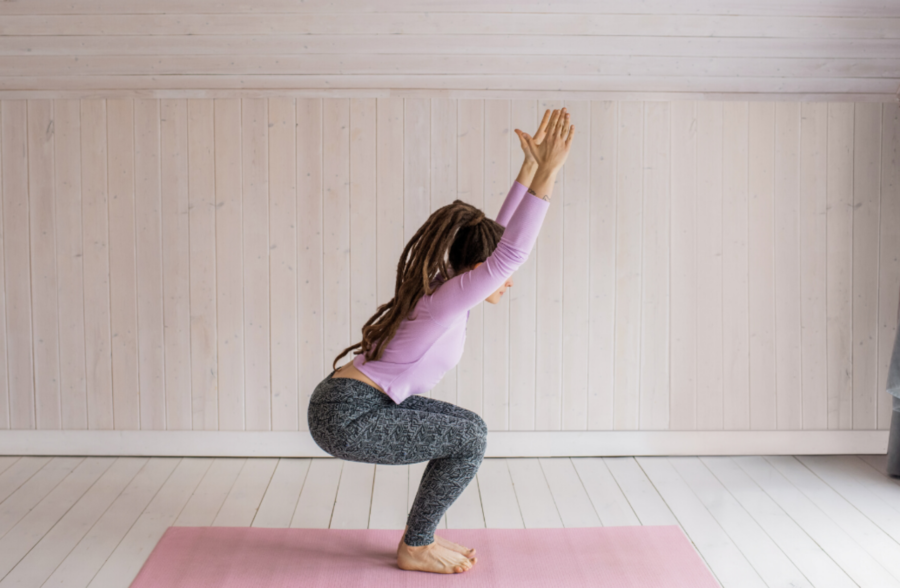From Chore to Dance Floor: Movement to Energise

It is a classic scenario. The clock strikes 12 on New Years Eve and you make it your mission to inform the room that this is your year – this is the year you’ll join the gym and settle into a solid workout routine – only to find yourself six months down the line, hundreds of dollars out of pocket and no six-pack to show for.
Why is it that many people join the gym with good intentions yet fail to attend consistently? One reason could be that we often associate exercise with hard work, a guilt laden activity that elicits little inspiration as we feel like we drag our feet through the gym doors, relying on equipment to help us start moving. Maybe there is a need for a cultural shift around our perception of, and relationship with exercise? Perhaps this shift could reframe moving simply for the enjoyment of moving.
With that in mind, we’ve outlined some different research-backed goal setting styles, so you can find enjoyment in moving no matter your personality type.
Specific goals
Goal-orientation theory suggests that you may experience motivation to move through the pursuit of mastering and/or enhancing understanding of a given skill. For example, wanting to go for a run having learned more about your running style. Alternatively, you may be more motivated to move upon noticing that your friends are getting active, for example, seeing your mates clock up more kilometres on your Strava account may increase your motivation to run.
Non-specific goals
Recent studies have demonstrated that setting non-specific goals (e.g., open and do-your-best goals) achieved equivalent performance outcomes as the popular SMART goal approach.
- Open goals. These are exploratory in nature – for example, ‘see how far you can cycle in 15 minutes’. With no set expectations, this exploratory element of open goals may enhance your motivation. Research has demonstrated that open goals led to a greater interest in repeating a physical activity session.
- Do-your-best goals: These can be useful if approaching a complex task. For example, if you are about to attempt a five kilometer run for the first time. Research suggested that pursuing do-your-best goals resulted in greater motivation to exercise again as well as higher perceived confidence and performance.
Get social
If solo strength training and aerobic exercise are not your thing, don’t fret, research shows there are psychological benefits to exercising as part of a group – think group HIIT classes or social netball. Other than the ‘feel good’ chemicals that are released, group exercise also means you have the opportunity to enjoy social interaction with your teammates. Feeling a sense of belonging to a group has been found to be crucial in establishing motivation to move.
Overall, find what works for you. Whether it be informal physical activity or formal exercise, moving your body helps move your mind toward psychological wellbeing. If a structured gym routine isn’t your cup of tea, find alternative ways of moving and make the shift from chore to dance floor.





